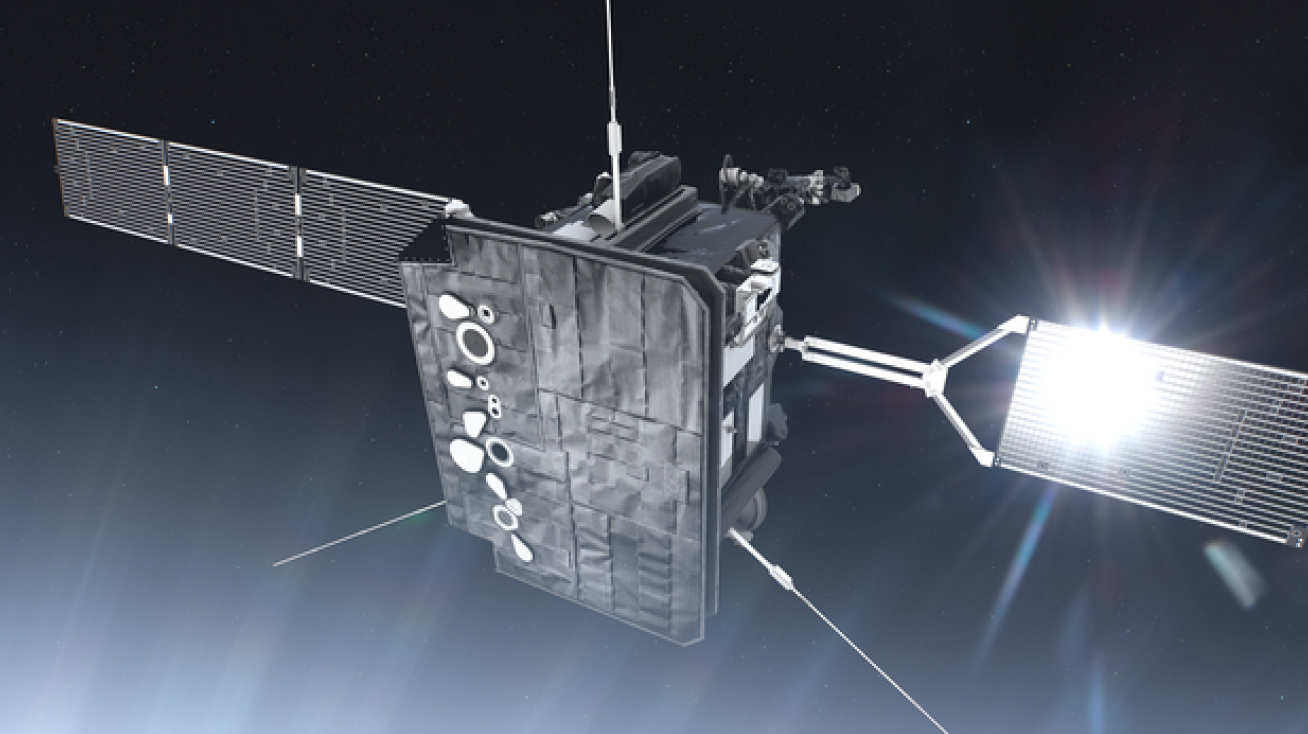
Solar Orbiter is Europe's mission to explore the Sun and its connection into space.
Mission Summary
Solar Orbiter is a mission to study the Sun and its effects on the solar sytem. Successfully launched on 10 February 2020, it carries a carefully selected set of 10 telescopes and direct sensing instruments. Solar Orbiter will use a series of Venus encounters to travel closer to the Sun than Mercury, and move to latitudes over 30 degrees to give our first good view of the Sun's poles. By measuring conditions on the Sun at the same time as those in space near the spacecraft, Solar Orbiter will give us new information on the connections between our nearest star and the interplanetary medium.
Imperial College London leads the magnetic field investigation on Solar Orbiter and has built the the magnetometer instrument.
Facts
- Launch Date: 10 Feb 2020, 04:03 GMT
- Orbit: Eccentric solar orbit: closest approach 0.29 AU; highest latitude 34 degrees.
- Mission Duration: 10 years.
- Imperial College involvement: Lead, magnetometer instrument (MAG)
- MAG: Dual fluxgate sensors; electronics box and power supply developed in the Space Magnetometer Laboratory.
- Principal Investigator: Prof. Tim Horbury, Imperial College London.
- Instrument Manager: Ms Helen O'Brien, Imperial College London.
- Funding Agency: UKSA.
External Links
ESA Solar Orbiter site | UK Space Agency
Imperial College London participation in the Solar Orbiter mission is funded by the UK Space Agency.
Latest Solar Orbiter Magnetic Field Data
View a chart of the preliminary data from the Solar Orbiter magnetometer, provided to allow real-time space weather monitoring.
Find out more
Useful Links
Solar Orbiter Links: